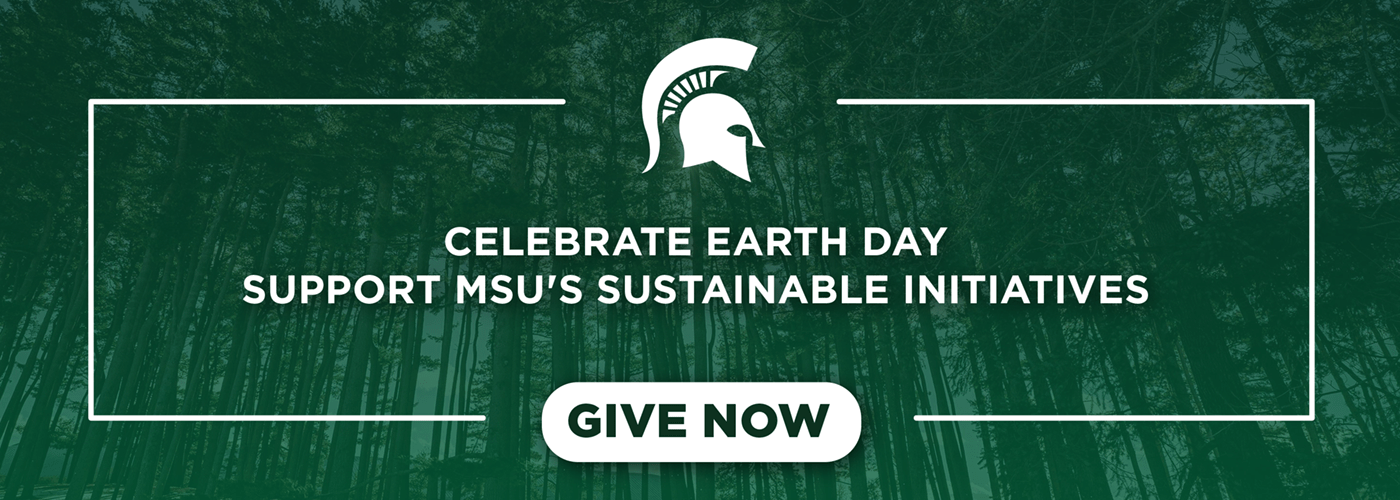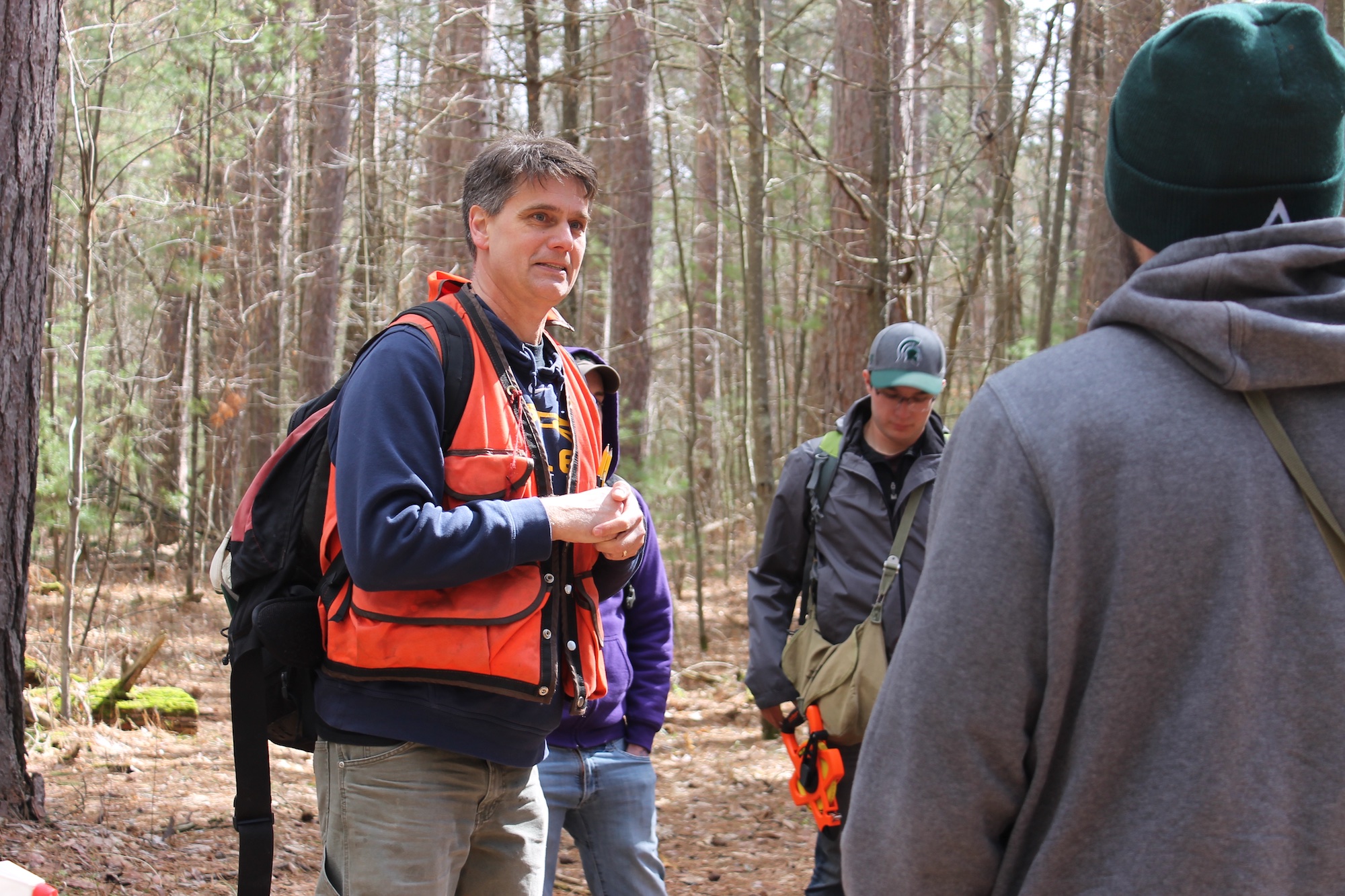Matthew Peña is a senior majoring in forestry. Along with studying and collecting data in natural areas on campus, he has worked as a Beal Scholar to create reports with data on the spaces.
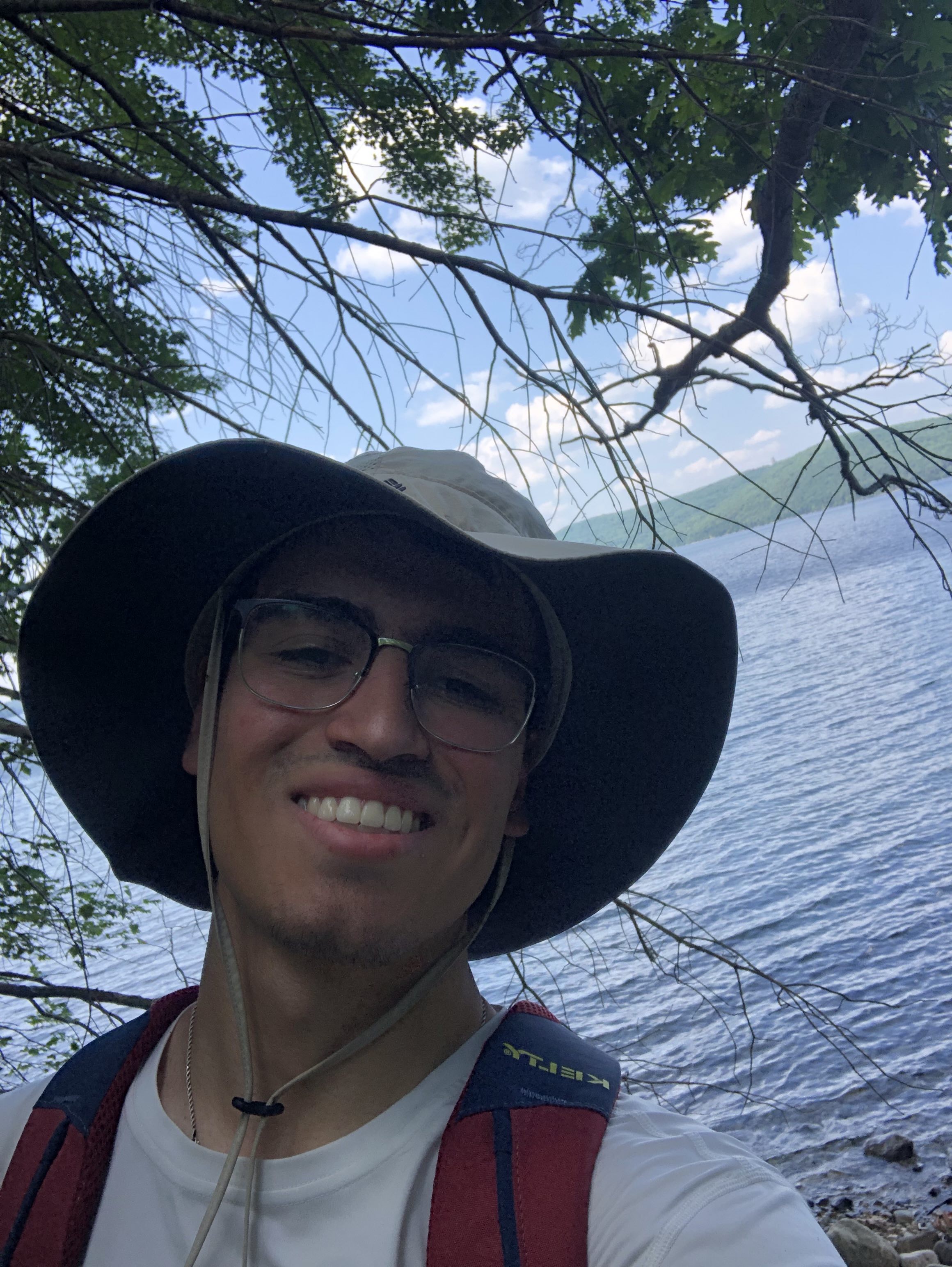
Matthew Peña. Courtesy photo
“I have learned a ton from these forests,” Peña says, “and I continue to keep learning every time I go back to them. These natural areas have been my best resource during my education, and I would not be nearly as proficient in forest and ecological skills and knowledge if these natural areas didn't exist. I've seen all the work that's been put into improving these spaces and have been very fortunate to be able to participate in much of that improvement. I can't wait to see how they keep improving in the coming years."
Paige Payter, a graduate student in the Department of Entomology, uses the natural spaces on campus as part of a vast research project. Payter studies native communities of longhorned beetles and the factors that influence their abundance and diversity within Michigan. To do so, she is part of a statewide trapping program to monitor for insects at 45 sites in the state as far south as Warren Dunes State Park on Michigan’s west coast and as far north as Tahquamenon Falls in the Upper Peninsula. One of those sites is the Minnis Woodland near the MSU Pavilion in south campus.
“From the outside, it’s just a woodlot,” Payter says, “but then you dig a little deeper and you see the diversity of plants and species of beetles — there’s beetles, metallic wood borers and horntails that are all within that specific area.”
It is important that Payter monitor these woodlands because many of the native insects break down dead and decaying trees that are present. Seeing that this nutrient recycling is occurring is helpful for protecting and potentially regenerating natural areas.
The fact that it’s all happening right here on campus, says Payter, is a bonus.
Stewarding sustainability and research opportunities
The 25 sites that make up MSU’s natural areas span the Sanford Natural Area that hugs the Red Cedar River from Bogue Street to Hagadorn Road at the northeast corner of campus to the Lott Woodland a few miles south on the MSU research farms. As Prather says, “The natural areas permeate campus.” MSU is a steward of these spaces, protecting native biodiversity, sustainable management of resources within the natural areas and balancing activities proposed for specific natural areas with conservation objectives.
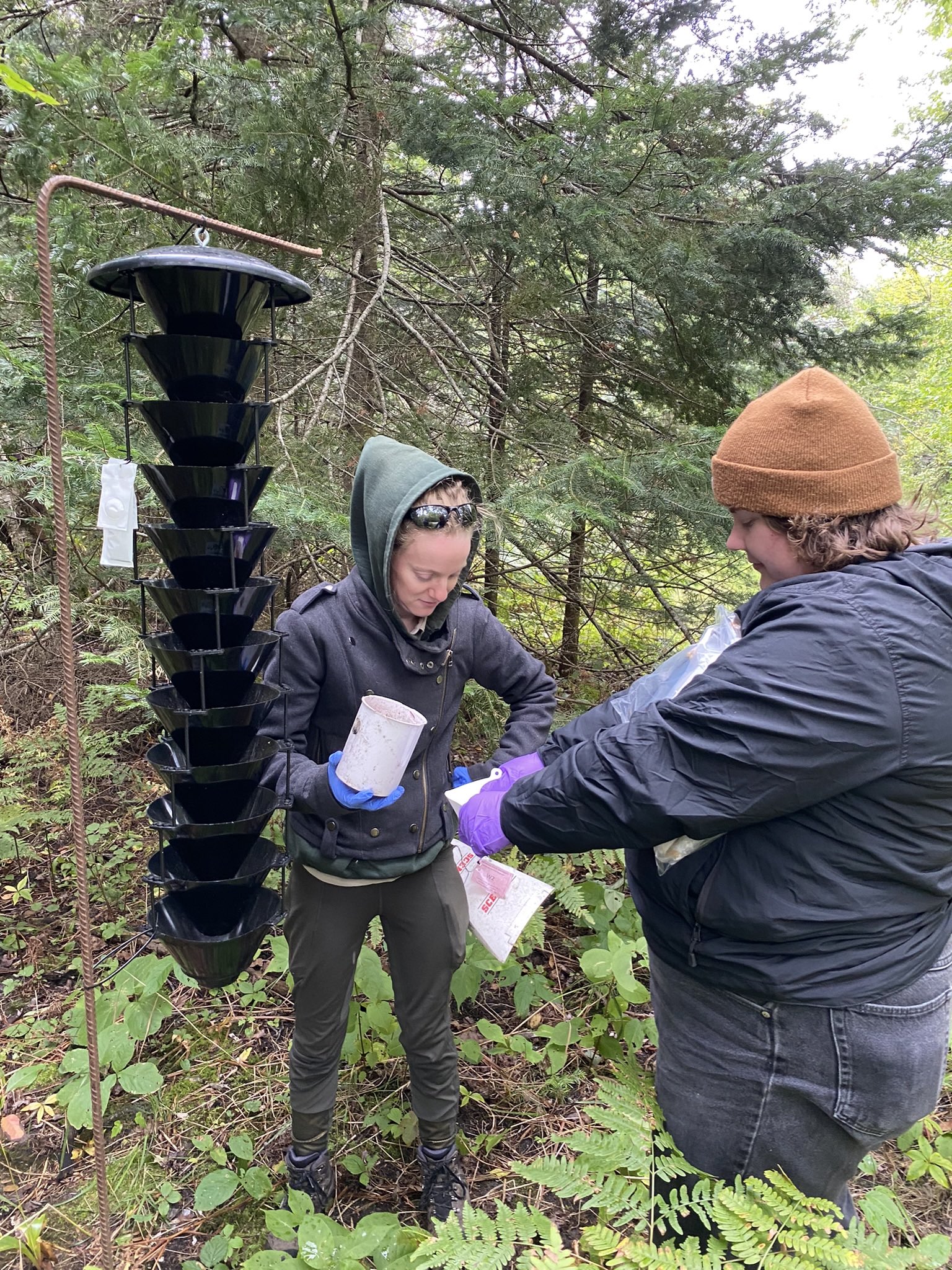
Paige Payter (left) and Ren McIntyre checking a funnel trap for beetles. Courtesy photo
As part of the MSU 2030 Strategic Plan, the university is taking steps toward climate neutrality by 2050, doing its part to address global climate challenges through its work on campus and beyond. According to the latest Times Higher Education Impact Rankings, MSU is No. 2 in the U.S. and No. 26 globally for sustainability. The university also earned a gold rating for sustainability achievements through the Association for the Advancement of Sustainability in Higher Education.
Maintaining these natural areas is a vital part of that sustainability commitment. MSU’s campus is home to more than 20,000 trees, many of which can be found in places like the Baker Woodlot, which is part of the national Old Growth Forest Network. The Toumey Woodlot is on the National Park Service Register of Natural Landmarks. And the Baker Woodlot and Sanford, Hudson and Red Cedar natural areas all have state-listed rare plants.
Stewarding these areas is important not only for sustainability but also for the enjoyment and benefits they provide to the entire Spartan community.
Protecting and expanding MSU’s natural footprint
Rothstein, Prather and Payter are not the only faculty and graduate students utilizing campus natural areas. Research is encouraged by many and so is use by the public for activities like walking, hiking, bird-watching, nature photography and field trips. The Department of Forestry hosts Spartan Nature Walks at the Baker Woodlot each year — including during the summer — led by faculty members like Rothstein.
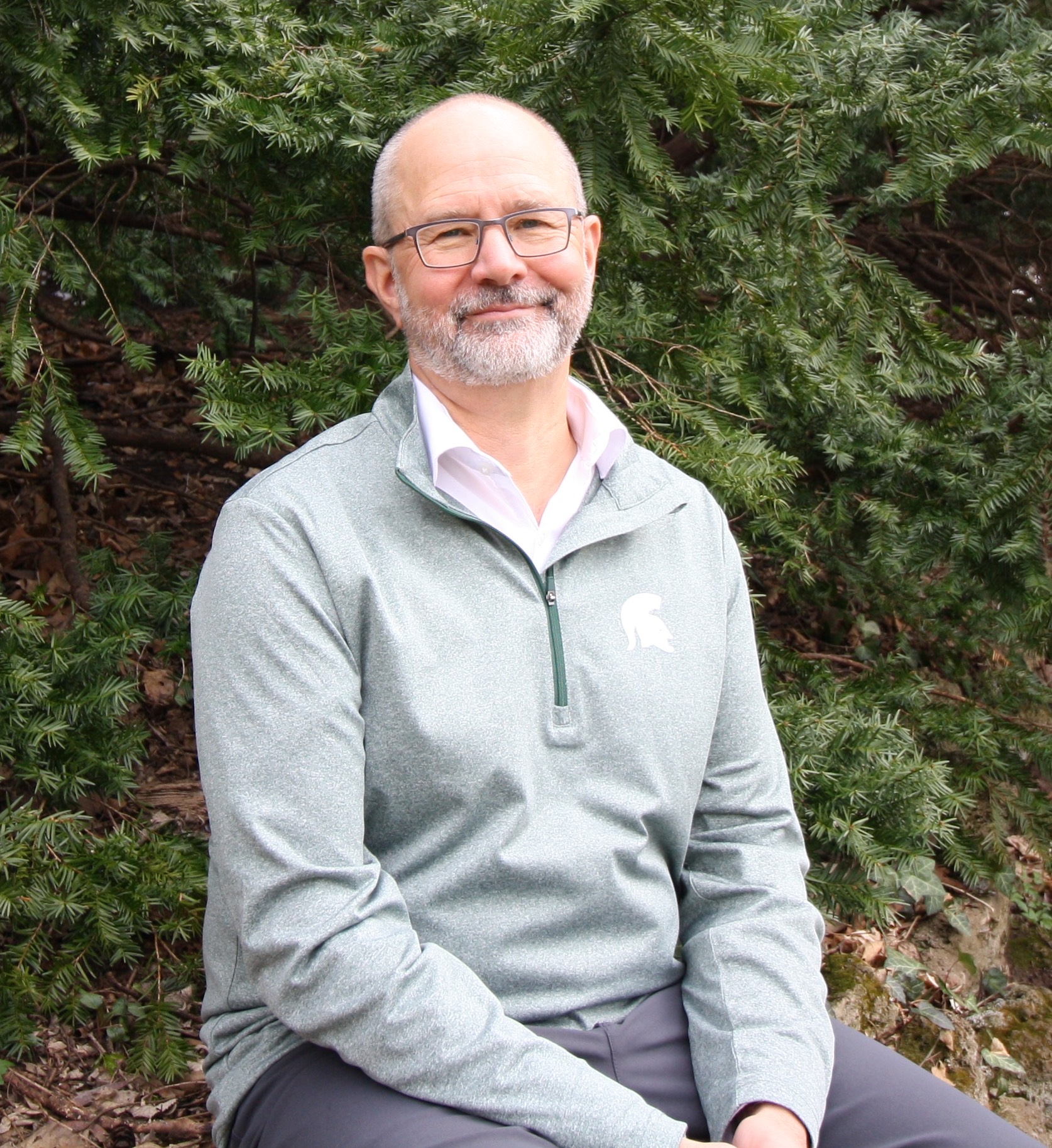
Alan Prather. Courtesy photo
The spaces are managed by the Campus Natural Areas Classroom, Curriculum and Conservation Committee, or CNA3C, a group of faculty and staff who represent an array of disciplines and expertise in natural science and resource management. The CNA3C is responsible for optimizing instruction and research value while also preserving the areas for future generations — which currently means removing invasive species that have made their way into some spaces on campus.
And soon the CNA3C will have more space to steward. As part of the new Integrated Facilities and Land Use Plan, the MSU Board of Trustees approved a new to-be-named natural area adjacent to the Baker Woodlot.
This means MSU’s outdoor classrooms are expanding, too. “Just like our more traditional classrooms and technology-aided learning spaces,” Rothstein says, “our natural areas are very much a critical infrastructure for education.”
